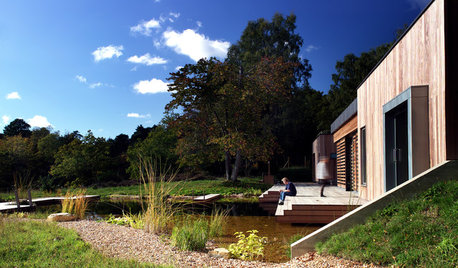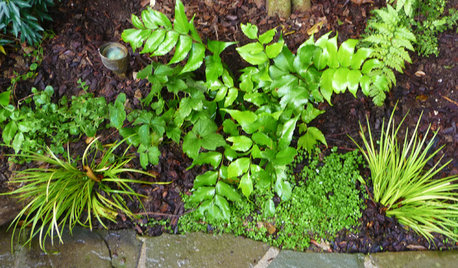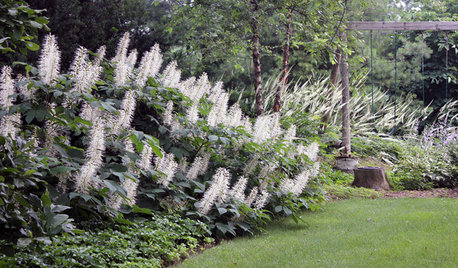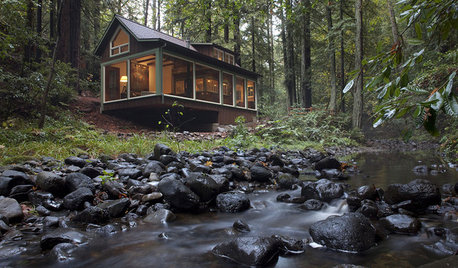Burning my 'woodland'
ahughes798
18 years ago
Related Stories

MODERN HOMESHouzz Tour: Nature and Efficiency Inspire a Woodland Home
This English design plays up simplicity, natural light and its spectacular forest setting
Full Story
LIVING ROOMSHow to Convert Your Wood-Burning Fireplace
Learn about inserts and other options for switching your fireplace from wood to gas or electric
Full Story
FIREPLACESUpdated Woodstoves Keep Home Fires Burning
Better technology means more efficiency than ever for modern woodstoves
Full Story
GARDENING GUIDESGreat Design Plant: Cyrtomium Falcatum ‘Rochfordianum’
Adding Japanese holly fern to your woodland garden is a great way to celebrate the holidays and create lasting memories
Full Story
GARDENING GUIDESGreat Design Plant: Aesculus Parviflora
Just like July fireworks, bottlebrush buckeye will light up southeastern U.S. woodland gardens
Full Story
HOMES AROUND THE WORLDHouzz Tour: In Ireland, a Light and Airy Lakeside Cabin
Take a look inside this beautifully restored woodland cabin on the edge of an Irish lake
Full Story
HOUZZ TOURSHouzz Tour: A Creekside Cabin Opens to the Views
With a modern addition featuring expansive windows, a rustic 1930s cabin opens its arms wider to its Northern California woodland setting
Full Story
MODERN HOMESHouzz Tour: A Cubist Confection Oriented Toward Nature
Dramatic yet understated, a West Vancouver house defers to its woodland and ocean setting
Full Story
GARDENING GUIDESDo You Have This Invasive Plant in Your Yard?
Garlic mustard is spreading across the U.S. Here’s how to spot it and what to do
Full Story
GARDENING GUIDESPlant Black Cherry Trees for the Birds and Bees
Plant Prunus serotina in the Central and Eastern U.S. for spring flowers, interesting bark and beautiful fall color
Full Story






ladyslppr
ahughes798Original Author
Related Professionals
Canton Landscape Architects & Landscape Designers · Belmont Landscape Contractors · Mount Kisco Landscape Contractors · North Haven Landscape Contractors · West Orange Landscape Contractors · Woodburn Landscape Contractors · Fort Lauderdale Fence Contractors · Lake Forest Fence Contractors · Olney Fence Contractors · Provo Fence Contractors · Laurel Siding & Exteriors · Annapolis Siding & Exteriors · Cheektowaga Siding & Exteriors · New Britain Siding & Exteriors · Sacramento Siding & Exteriorsjoepyeweed
waplummer
ahughes798Original Author
nativescaping
nyssaman
nyssaman
nyssaman
kevin_5
birkie